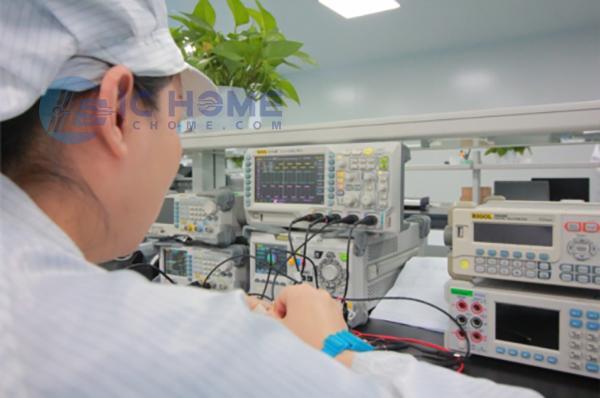Why Quality Control Transparency Matters When Choosing Electronic Component Suppliers
For procurement professionals, choosing the right electronic component supplier goes far beyond comparing prices and delivery terms—it involves deep scrutiny of a supplier's quality control (QC) practices and production monitoring systems. Transparent, well-documented QC processes are not just a sign of professionalism—they’re a safeguard against costly failures, recalls, and supply chain disruptions.

The Importance of Transparent Quality Control
When selecting a supplier, one of the most overlooked yet vital aspects is whether the vendor can provide a clear and well-structured quality control framework. A reliable supplier should be able to walk you through their QC protocol from incoming raw material inspection to final outbound testing. This includes:
-
Incoming material checks to verify part authenticity and quality.
-
In-process inspections at different production stages to catch defects early.
-
Final testing and certification, particularly for critical components like microcontrollers, PMICs, and RF chips.
Transparency here doesn’t just mean having a document—it means a supplier is willing and able to explain their process, share inspection reports, and demonstrate traceability. A supplier that hesitates to share such information may lack consistency or confidence in their quality management system.
Production Monitoring: Real-Time Assurance, Not Retrospective Excuses
While quality control is often seen as a post-process filter, production monitoring focuses on maintaining standards during the manufacturing process. Effective monitoring involves real-time data collection, deviation tracking, and root-cause analysis when anomalies occur.
Suppliers who integrate technologies such as MES (Manufacturing Execution Systems), SPC (Statistical Process Control), and even IoT-based sensors offer stronger guarantees of consistent product performance. More importantly, they are equipped to adapt quickly to process deviations—reducing batch failures and rework.
Certifications Aren’t Enough—Ask for Execution Evidence
Certifications like ISO 9001, IATF 16949, or AS9100 are useful starting points. However, certifications alone don’t prove consistent execution. Smart buyers will dig deeper:
-
Request process audit records or QC logs.
-
Ask for component traceability examples (e.g., how they track a batch of capacitors or MOSFETs from source to shipment).
-
Review examples of past quality incidents and how they were resolved.
This extra diligence filters out suppliers who rely solely on documentation, helping you find partners who live quality, not just claim it.
The Cost of Ignoring Quality Transparency
Working with suppliers lacking robust quality control and production monitoring can have cascading consequences:
-
Product failure due to unseen component defects.
-
Delayed production due to requalification or RMAs.
-
Loss of customer trust and potential compliance issues.
In high-stakes sectors such as automotive, aerospace, and medical electronics, even minor component irregularities can lead to catastrophic outcomes. That’s why risk-aware procurement professionals prioritize visibility and control in their sourcing decisions.
Final Thoughts: Quality as a Strategic Advantage
In today’s global supply chain, where counterfeits and substandard parts pose serious threats, the most successful companies treat quality assurance as a strategic function—not an afterthought. Selecting electronic component suppliers with transparent quality control processes and robust production monitoring isn't just smart—it's essential.
Whether you're sourcing basic passives or high-precision electrical components, invest time in supplier evaluation. A supplier willing to open their books on quality is likely to be a partner you can trust for the long haul.




